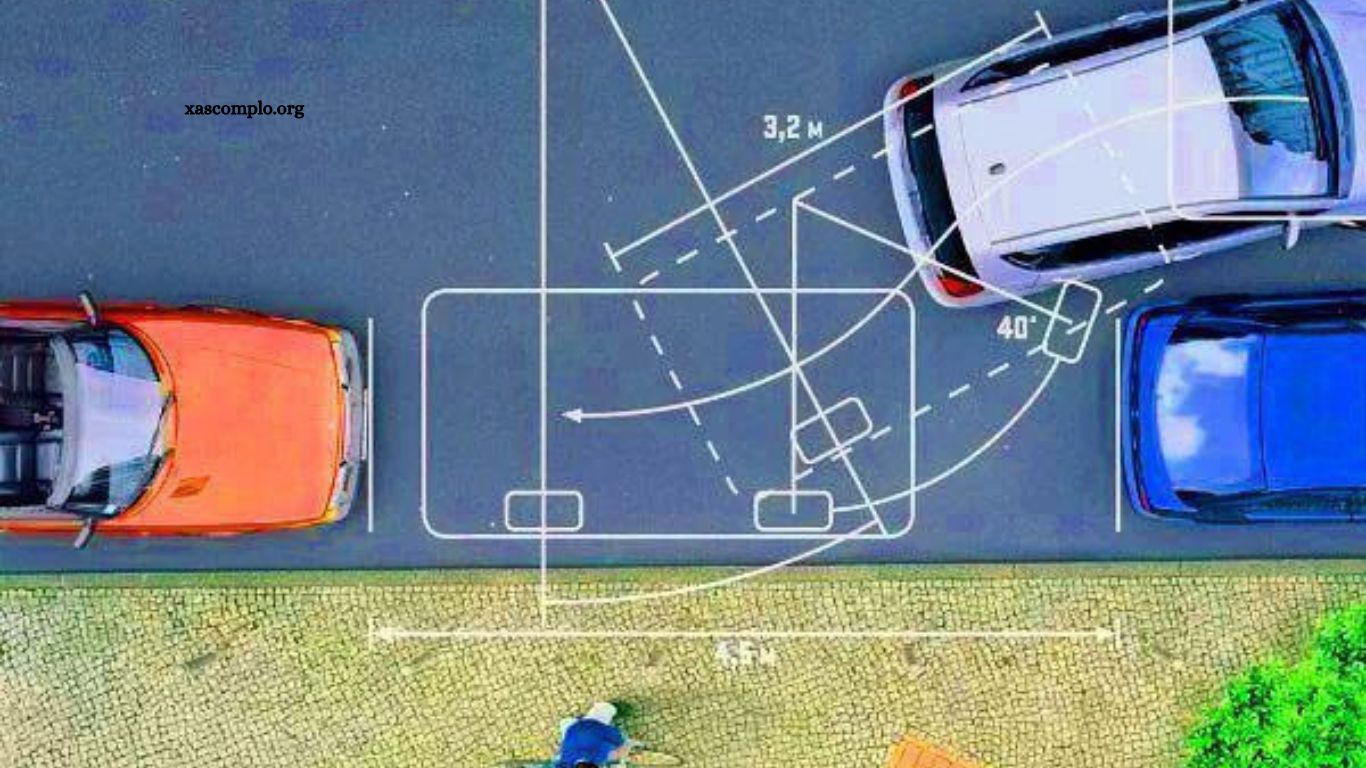Parallel parking remains one of the most important driving skills, especially in crowded urban areas where space is limited. Mastering this technique not only enhances a driver’s confidence but also promotes safety, precision, and efficient use of available parking spots. Successful parallel parking requires spatial awareness, control, and the ability to judge distances accurately while maneuvering within tight spaces.
By understanding proper alignment, steering methods, and timing, drivers can complete the task smoothly without causing obstruction or damage. This guide explores proven strategies and best practices for parallel parking in various environments, helping drivers handle the process with ease and professionalism while maintaining vehicle and pedestrian safety.
Read More: Mastering Reverse Parking: Overcoming Common Challenges with Ease
The Importance of Learning Parallel Parking
Parallel parking is an essential driving skill that allows drivers to access smaller or unconventional parking spaces safely. Mastering this technique improves vehicle control, enhances confidence, and helps prevent damage to both your car and surrounding vehicles.
Skilled parallel parking enables efficient use of urban parking areas and reduces stress in crowded environments, making it a critical competency for all drivers.
Techniques and Tips for Parallel Parking
Use your mirrors effectively: Adjust side and rearview mirrors to clearly monitor vehicles and obstacles during parking.
Practice the “reference point” method: Identify a point on the vehicle in front to guide proper alignment.
Take your time: Move slowly and carefully, ensuring precise positioning before finalizing your parking maneuver.
Common Parallel Parking Mistakes
Many drivers encounter errors while parallel parking, including:
- Failing to adjust mirrors before parking.
- Ignoring reference points and misaligning the vehicle.
- Misjudging available space, leading to potential collisions.
Parallel Parking in Tight Spaces
Parking in narrow spaces requires patience and precision:
- Approach slowly and carefully to avoid contact with surrounding vehicles.
- Constantly monitor surroundings using mirrors.
- Utilize reverse maneuvers if necessary to achieve proper alignment.
Parallel Parking on Slopes
Inclined parking presents additional challenges:
- Engage the handbrake to maintain stability while maneuvering.
- Use mirrors to ensure accurate positioning and control.
- Begin practicing on gentler slopes before attempting steeper inclines.
Frequently Asked Questions
Why is parallel parking important?
Parallel parking allows drivers to utilize smaller or unconventional spaces safely, improves vehicle control, and reduces the risk of accidents or damage to nearby vehicles. It is an essential skill for urban driving.
How can I improve my parallel parking skills?
Practice regularly using techniques like the “reference point” method, proper mirror adjustment, and slow, controlled maneuvers. Confidence increases with repeated practice in varied parking situations.
What are common parallel parking mistakes?
Common errors include failing to adjust mirrors, misaligning the vehicle by ignoring reference points, and misjudging available space, which can result in collisions or inefficient parking.
How do I parallel park in tight spaces?
Approach slowly, use mirrors for awareness, and make careful reverse maneuvers to ensure your vehicle is properly aligned. Patience and precision are key.
How do I parallel park on a slope safely?
Use the handbrake to secure your vehicle, monitor positioning with mirrors, and practice on gentler inclines before attempting steeper slopes to maintain control.
How can I avoid damaging my car while parallel parking?
Move slowly, rely on mirrors, follow reference points, and avoid rushing. Consistent practice improves accuracy and reduces the risk of collisions.
Conclusion
Mastering parallel parking is a crucial skill that enhances driving confidence, safety, and efficiency in urban and crowded environments. By understanding proper techniques, utilizing reference points, adjusting mirrors correctly, and practicing patience, drivers can navigate tight spaces and slopes with ease. Avoiding common mistakes and applying the tips provided ensures smooth, precise parking while minimizing the risk of damage to your vehicle and others.

